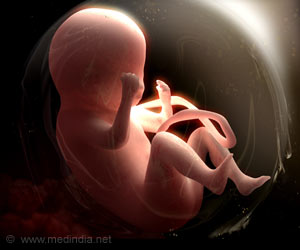According to research, the number of children admitted to hospital as emergencies has steadily increased every year since 2003, with the largest rises seen among the under 5s.

The authors base their findings on hospital admission rates among the under 15s in England and national population estimates for the years 1999 to 2010 inclusive.
During this period, the emergency admissions rate among children rose by 28% from 63 per 1000 of the population in 1999 to 81 per 1000 of the population in 2010.
The greatest rise in emergency admissions was among the under 5s, with admissions among children under 12 months rising by 52% and those for children aged 1 to 4 rising by 25%.
In 2010 two thirds (68%) of emergency admissions were among the under 5s, among whom admission rates have steadily risen by around 3% a year, the figures show.
Projected population increases suggest that by 2020, some 731,000 under 5s will be admitted as emergencies on the basis of current trends. That's 230,000 more than the current figures, say the authors.
Advertisement
And while the number of admissions lasting just a couple of days fell slightly, this was more than offset by a doubling in the number of admissions lasting less than a day, from 18 per 1000 of the population to 37, the figures show.
Advertisement
Between 1999 and 2010, admission rates for long term conditions (asthma, diabetes, and epilepsy) fell by 5.6%. But acute infections of the upper respiratory tract rose by 22%, those of the lower respiratory tract by 40%, those for the urinary tract by 43% and those of the gut by 31%.
These figures do not reflect increases in the numbers of very sick children, the authors point out: deaths among children aged 1-14 years fell 36% in England and Wales between 1999 and 2010.
Other researchers have blamed the figures on the changes to the family doctors' contract in 2004, which allowed GPs to opt out of providing out of hours care, say the authors.
"The increasing admission of children for very short term care, particularly for acute infections, certainly suggests a reluctance of primary care to observe and manage sick children with self-limiting infections in the community," they write.
But other changes may also have contributed to the rises, they suggest. These include lower referral thresholds, increasingly anxious parents, and an increasing reluctance among doctors to accept risk, coupled with their increasing inability to triage effectively.
And factors such as the four hour wait target in emergency care and financial incentives and payment tariffs that reward admissions may also have played their part, the authors say.
Source-Eurekalert










